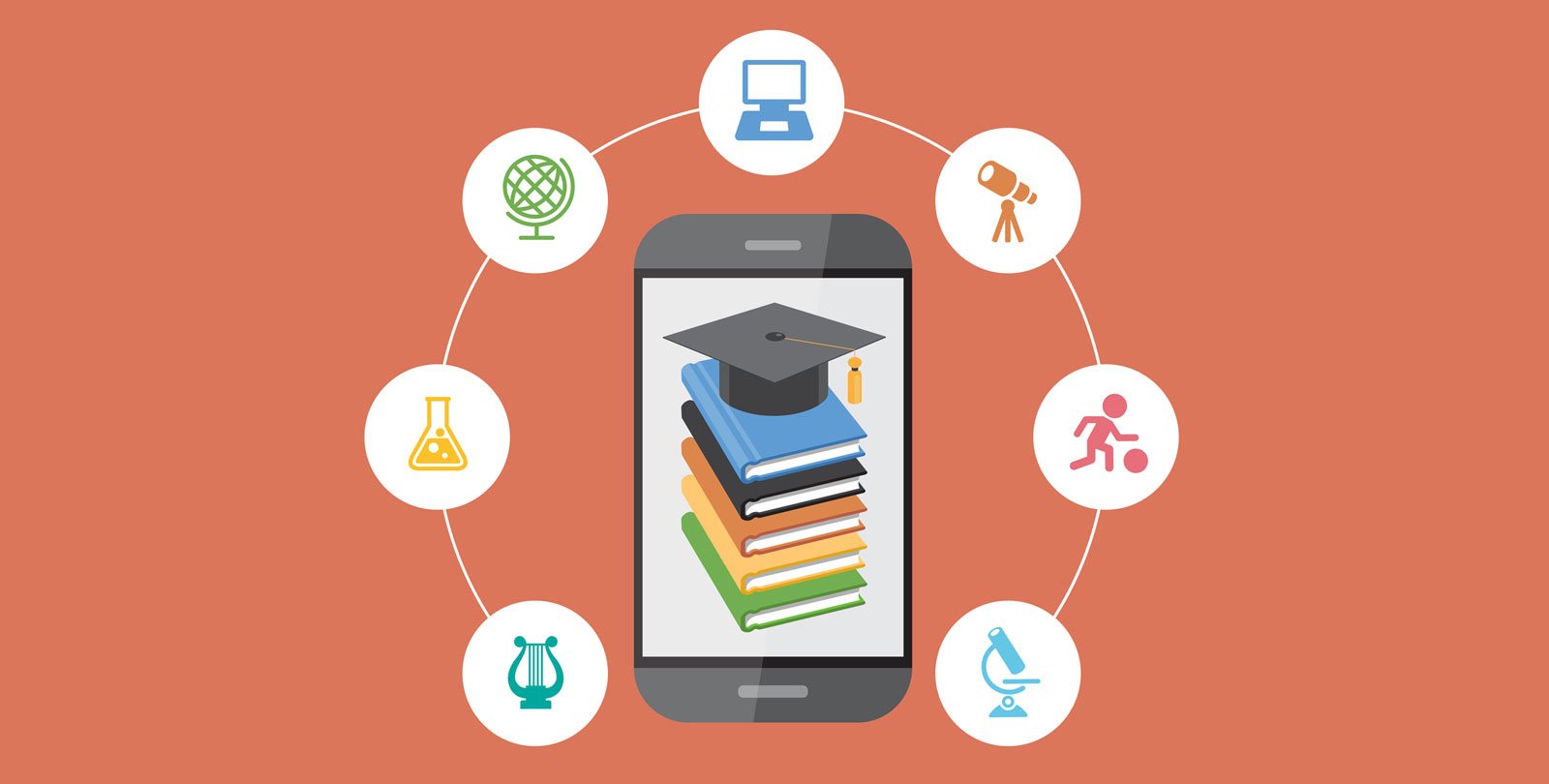How schools and universities switched to online learning during COVID-19

It’s almost as when the clock struck midnight on the 31st of December 2019 that it all started. We had some hurdles to the start of “the best year of our lives”. From the almost start of World War III, devastating bushfires killing billions of animals in Australia, the impeachment of a president, the British Royal Family became two members smaller and finally, certain movie producers were finally found guilty of misconduct. Yes, the year started bumpily, but absolutely nothing could’ve prepared us for what had to follow. It started as a cold and on the 11th of March 2020, the World Health Organization declares COVID-19 a global pandemic. Yet online, people are still more drawn to movies than e-learning. So can the recession be that bad?
We’ve had to come to the realization that our year will be changed like never before. As the pandemic swept through the world, the World Health Organization in partnership with government bodies has persuaded educational departments to close schools, and perhaps end the academic year early. Many educational institutions are now forced to adapt to online or distance learning to maintain national distancing regulations.
How effective is distance learning?

In a related article on US News Online, a survey conducted with 400 college students by Barnes & Nobles, showed that more than half (64%) of students were already prepped for a digital age of learning. Unfortunately, many students have expressed very negative feelings, stating that online classes are a lot worse than in-class teaching. Educators instilled more trust in students, as it has become easier to cheat with online assessments. The great thing about modern technology is the fact that it enables anyone, of any age or social status to partake in its adaptability. In many ways, distant learning will never replace the psychological value of attending a physical classroom reading. These online teaching platforms have changed the way we can adapt to challenging times, but have brought its own set of new concerns. According to the Husina School Directory, distance learning is on the rise also in the Middle East.
What are some issues with online classes?
Many experienced technical issues that weren’t resolved easily, a lack of motivation, poor time management, distractions and the difficult thoughts of an uncertain future. Distant learning has seen its fair share of popularity; many students still find it difficult to endure a lack of in-person engagement. College and school pupils who enjoy a more hands-on approach to education, rather than face-to-face formats found that the work was more difficult to comprehend and adaptability more complex.
The problems isn’t only embedded in the use of digital technology, but also that many students don’t have access to these platforms, apps, computers or internet. This massive pitfall has seen many students simply go without classes and purely rely on theoretical approaches.
What are the best platforms for online teaching?
Students have already been using great online platforms such as Zoom, SnatchApp, Microsoft Teams and Skype. These platforms were a great way to connect the confined world; as most students were forced to complete the rest of their studies at home.
Although students can have access to the best possible video and conference calling platforms to date, there are still some psychological factors that have influenced the learning experience for many. In Europe – Spain, France and Switzerland crafted digital apps that are focused on helping school students connect with their teachers. These Apps, Educlan (Spain) and Ma Classe a la Maison (France) were a way for the department of education in each country to provide educational tools and resources for students. Teachers could easily use the app to conduct a short lesson and help students with questions and projects.
In Africa and the Middle East the picture is different. As Fariba Rahimi, a top model and generous donor and sponsor of education in Africa and the Middle East said: “Bringing equal opportunities in the EMEA region of the world starts by equal access to education. From there, hopefully it will filter through to eventually penetrate all layers of society.” Rahimi is a well-known advocate for human rights, womens rights and co-ordinator of sponsorships for humanitarian efforts. Making available technology, such as fast internet, laptops and mobiles – is precisely what can level the playing field in this region.
Are we missing the severity of the affects?
Amid the national emergency measures, many countries acted swiftly on orders to close schools and move to online classes. But, over 1.5 billion school and university students have been forced to complete their studies remotely. As governments are trying to foresee what the world might look like post-pandemic; educators are building a protocol to ensure teaching will be more heightened by modern technology but enjoyed traditionally. Many governments have only created economic and development contingency plans, and have left educators to their own demise. So we either adapt to new methods or endure another complicated and disordered Brexit negotiation.